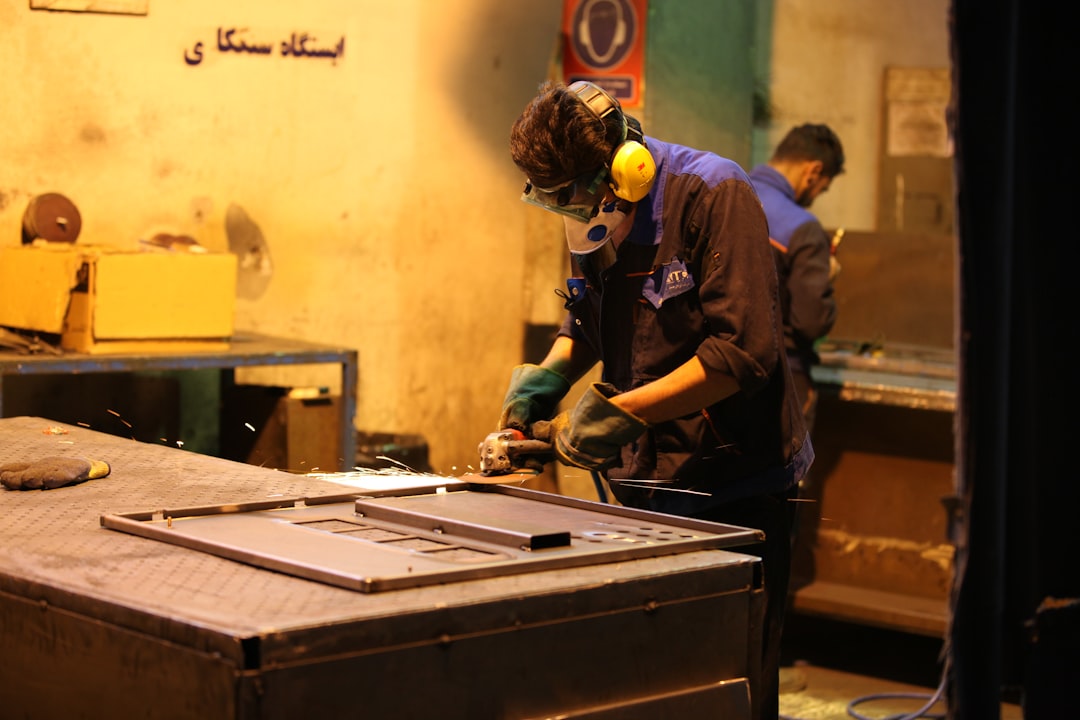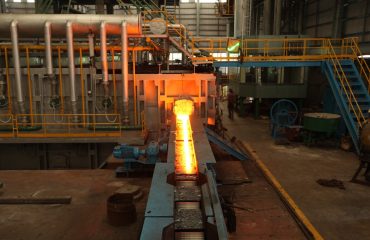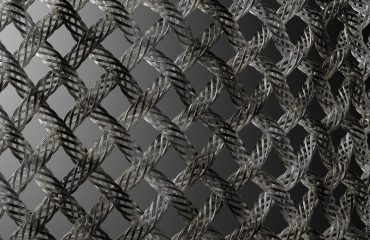The steel industry, a cornerstone of global infrastructure, has historically been a significant contributor to greenhouse gas emissions. However, a revolution is underway, driven by the urgent need for sustainable practices. This post explores the innovative advancements in eco-friendly steel manufacturing, showcasing the technologies and strategies shaping a greener future for this vital industry.
1. The Environmental Footprint of Traditional Steelmaking: Understanding the Challenge
Traditional steelmaking, primarily using the blast furnace-basic oxygen furnace (BF-BOF) route, is an energy-intensive process with a substantial carbon footprint. The process relies heavily on coking coal, a major source of carbon dioxide (CO2) emissions. Furthermore, the production of coke itself generates significant amounts of pollutants like particulate matter and sulfur oxides. The high energy demands of the process, often relying on fossil fuels, further exacerbate the environmental impact. The extraction of iron ore and other raw materials also contributes to land degradation and water pollution. Understanding the scale of this environmental burden is crucial for driving the adoption of greener alternatives.
2. Carbon Capture, Utilization, and Storage (CCUS) in Steel Production
Carbon Capture, Utilization, and Storage (CCUS) technologies offer a promising pathway to mitigate CO2 emissions from steelmaking. These technologies capture CO2 emissions at the source, preventing their release into the atmosphere. The captured CO2 can then be utilized in various applications, such as enhanced oil recovery or the production of chemicals, or stored permanently underground in geological formations. While CCUS is not a complete solution on its own, it can significantly reduce the carbon intensity of steel production in the short-to-medium term, allowing for a gradual transition to more sustainable processes. The economic viability and scalability of CCUS remain key challenges, but ongoing research and development are paving the way for wider adoption.
3. Hydrogen-Based Steelmaking: A Paradigm Shift
Hydrogen-based steelmaking represents a paradigm shift in the industry, offering the potential for virtually CO2-free steel production. Instead of using coking coal, this process utilizes hydrogen as a reducing agent in the direct reduction of iron ore. This eliminates the direct CO2 emissions associated with coal combustion. The hydrogen used can be produced from renewable energy sources, further reducing the overall carbon footprint. While the technology is still under development and faces challenges related to hydrogen production, storage, and transportation costs, significant progress is being made, with several pilot plants already operational. The potential for a truly green steel industry hinges significantly on the successful deployment of hydrogen-based steelmaking.
4. Sustainable Raw Material Sourcing and Recycling
Minimizing the environmental impact of steel production also requires a focus on sustainable raw material sourcing and recycling. This involves responsible iron ore mining practices that minimize land disturbance and water pollution, as well as the utilization of recycled steel scrap. Steel is highly recyclable, and incorporating recycled scrap into the production process significantly reduces the energy and resource requirements compared to using virgin materials. Increasing the use of recycled steel is crucial for reducing the overall environmental footprint of the industry and promoting a circular economy model. Initiatives focused on improving the collection and processing of steel scrap are essential for maximizing the effectiveness of this approach.
5. Energy Efficiency Improvements and Process Optimization
Improving energy efficiency and optimizing steelmaking processes are crucial for reducing the industry’s carbon footprint. This involves implementing advanced process control systems, optimizing furnace operations, and utilizing more energy-efficient technologies. Investing in renewable energy sources to power steel plants, such as solar and wind power, can further reduce reliance on fossil fuels. The integration of smart technologies and data analytics can help identify and address inefficiencies, leading to significant energy savings and reduced emissions. These optimization strategies, combined with other sustainable practices, contribute to a more holistic approach to eco-friendly steel manufacturing.
The transition to eco-friendly steel manufacturing is a complex undertaking, requiring collaboration across the entire value chain. However, the innovations discussed above are paving the way for a more sustainable future for this vital industry, contributing to a greener and more environmentally responsible world.
SEO Tags:
- Eco-friendly steel
- Green steel manufacturing
- Sustainable steel production
- Hydrogen steelmaking
- Carbon capture steel




